Tips and Tricks for Using a Windlass
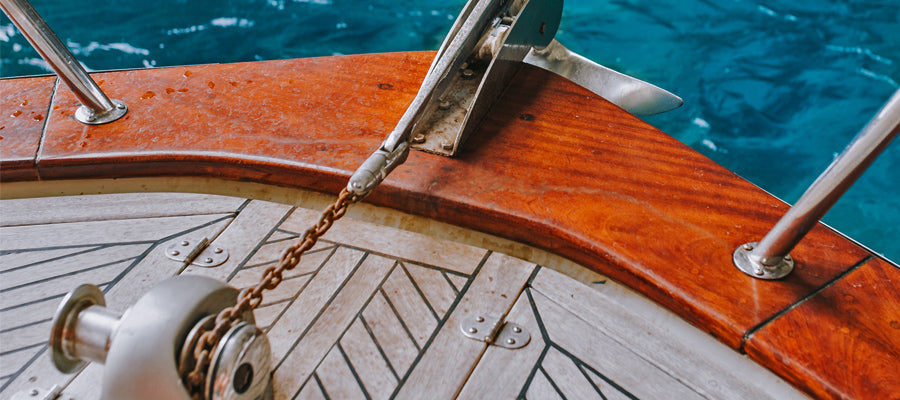
Every seasoned boat owner knows all too well the importance of the saying "work smarter, not harder". A windlass is one piece of boating equipment that truly embodies this phrase. The windlass is a wonderful back-saving device that retrieves your anchor with just the push of a button. A properly maintained windlass is the key component of a well-functioning anchoring system. Do yourself a favor by following these tips and tricks to keep your windlass (and your back) operating smoothly for years to come.
Don't Hit The Hull
One of the dangers of retrieving an anchor is accidentally hauling the anchor into the side of the boat. As you can imagine, a heavy and out of control anchor can do some serious damage if it makes contact with the hull of a boat. The location of windlass controls sometimes makes it difficult to pull the line while simultaneously keeping an eye on the anchor itself.
To prevent these impacts from happening, we recommend spray painting a section of rode to alert the windlass operator when the anchor is just below the surface of the water. This will let the operator know it's time to slow the retrieval process down and carefully pull the remaining slack until the anchor is returned to the proper position.

To do this, simply lower the anchor until it is just fully submerged below the water's surface. Locate about a 6" section of the rode just before anchor roller and mask off the surface below to protect from any unwanted paint spray. Use a high-vis paint like red or orange and spray the rode. Two to three coats should be enough to weather the conditions. Now the windlass operator will have a visual indicator when the anchor is just about to emerge from the water.
Belay That Rode
To keep your windlass operating smoothly, it's important to always belay the anchor rode to a cleat or post in order to remove strain from the windlass itself. A windlass should never be used to hold a boat, as this will quickly damage the gypsy and cause the device to fail. Once the anchor is set, always check that the rode is secured to a cleat or post before resuming your fun in the sun.
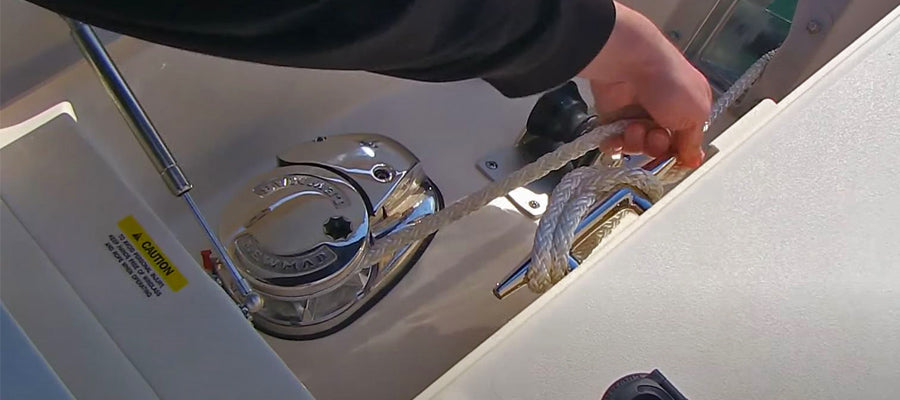
The Windlass Is Not A Winch
Never use the windlass to pull the boat forward in order to free the anchor. This will also put unnecessary strain on the gypsy and could cause the windlass to fail. Always use the power from the engines to position yourself and break the anchor free from the bottom. Once the anchor is free, then use the windlass to retrieve it out of the water and onto the roller or bow pulpit.
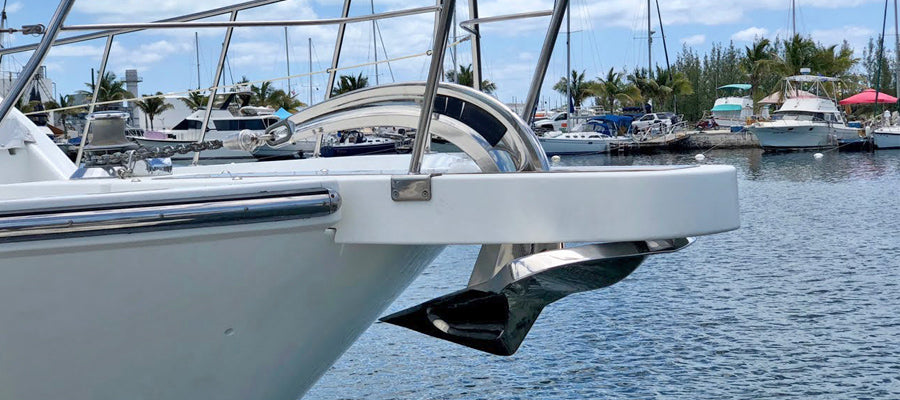
Lock It Down
Any boat using a windlass should also be equipped with an anchor lock or chain stopper to ensure the anchor remains securely in its raised position. This will prevent an unexpected free fall while the anchor is not in use. An anchor lock or chain stopper will also protect the gears inside of the unit by taking the strain off of the windlass while the boat is in motion.
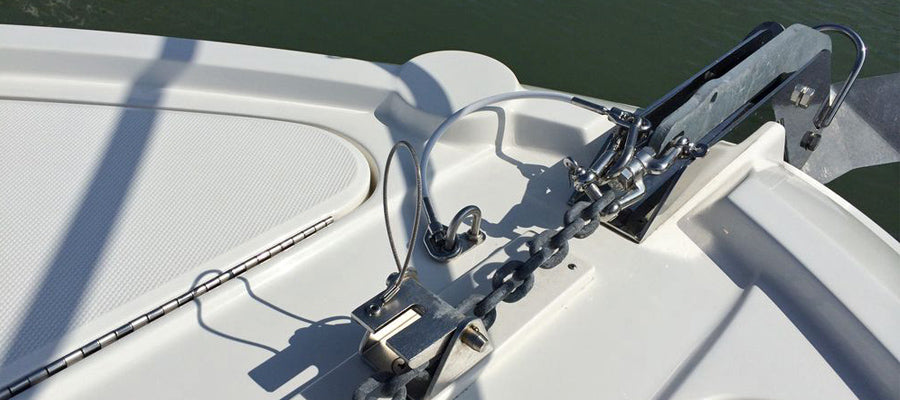
Published
Recent Posts
Windlass Problems? Common Issues and How to Fix Them
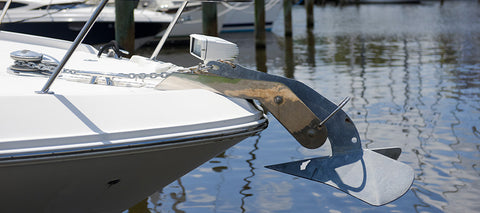
Let's look at common issues with windlasses and how to address them:
1) Windlass Won’t Run in Either Direction
2) Solenoid Clicks, but Windlass Won’t Move
3) Windlass Lacks Power to Haul the Anchor
4) Rode Gets Jammed or Doesn’t Come In
Our history: a 20 year journey

Boat Cleaning Tips for Anglers: Keeping Your Vessel Spotless and Pristine
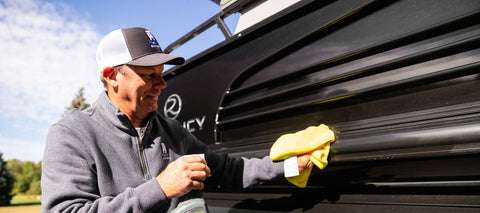
Avast, Ye Mariners! Master the Art of Docking: A Swashbuckling Guide for Boaters
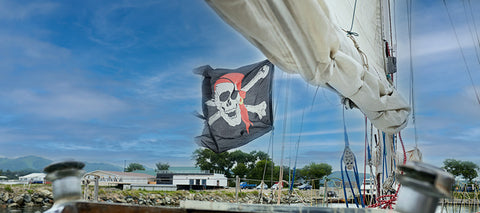
Top Reasons to Keep a Boating Maintenance Log
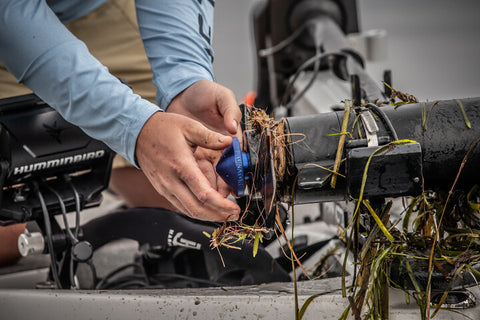
4 Top Tips for Buying a New-to-you Used Boat
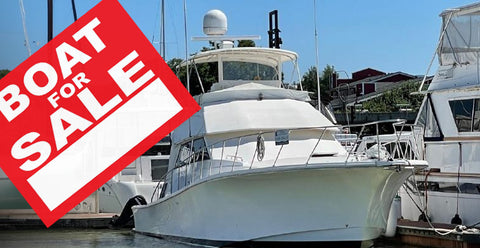
Bent Boat Anchor Shank: Common Causes and Prevention Tips

Prepare Your Boat For An Above Average Hurricane Season

Best Methods For Anchoring Your Jet Ski in Deep or Shallow Water
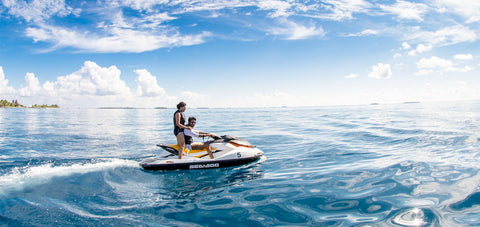
Best Options For Connecting Your Boat To WiFi Internet
